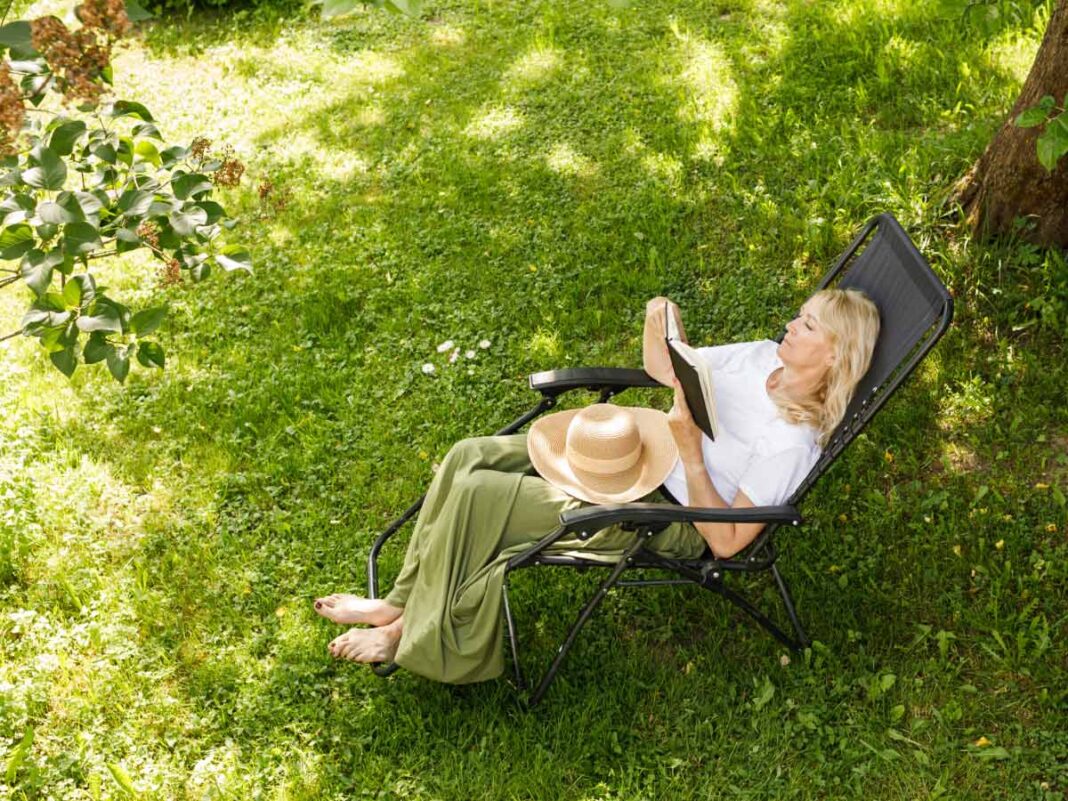The hustle culture, once glorified for its celebration of relentless ambition and ceaseless productivity, is witnessing a significant shift. More individuals are recognizing the toll of an “always-on” mentality and are choosing to embrace a lifestyle that values presence over productivity.
This movement, often referred to as slow living, encourages people to focus on what truly matters, prioritizing quality over quantity in all aspects of life. It urges individuals to slow down for better mental and emotional well-being, reducing burnout and the sense of disconnection caused by constant busyness.
Understanding Slow Living
Slow living is not about doing less for the sake of it; it’s about doing things differently. It’s about adopting a lifestyle that emphasizes experiences that enrich rather than overwhelm. This approach leads to improved mental clarity, stronger relationships, and opportunities for creativity by focusing on meaningful activities and being present in the moment.
Key principles of slow living include:
- Intentional Time: Working fewer hours with greater focus and purpose.
- Mindful Routines: Prioritizing health, sleep, and real breaks instead of working nonstop.
- Honest Conversations: Challenging the traditional mindset that equates productivity solely with personal value.
- Mental Space: Allowing pauses for reflection and mental recharging.
By redefining success and focusing on long-term sustainability, individuals can pursue their ambitions without compromising their well-being.
The Cultural Shift Away from Hustle Culture
While hustle culture still has a presence online, its dominance is waning. Social media once glorified jam-packed schedules and aggressive career pursuits, but now there’s a growing appreciation for balance and intentionality. According to a LinkedIn survey, professionals increasingly prioritize work-life balance over high pay and career growth.
This shift reflects a broader recognition that personal fulfillment and mental health are just as important as professional achievements. The slow living movement is gaining popularity as people seek to reclaim control over their time and energy, fostering stronger relationships and savoring life’s simple pleasures.
Personal Journeys Towards Slow Living
For some, the transition to slow living involves a conscious effort to integrate new practices into daily life. One individual shared their experience of attempting slow living while visiting family in a coastal area. They found value in:
- Connecting with Nature: Exploring natural spaces and engaging with the environment.
- Mindfulness Practices: Incorporating rituals like yoga, meditation, and intentional cooking.
- Sustainable Living: Addressing consumer habits by reducing reliance on fast fashion and embracing upcycling.
They acknowledged challenges, such as the unattainable hustle culture and societal expectations of productivity, but found that small, intentional actions could inject mindfulness and peace into daily life.
Integrating Slow Living Without Losing Drive
Embracing slow living doesn’t mean abandoning ambition. It’s about rebalancing priorities and setting boundaries. Practical strategies include:
- Setting Boundaries: Scheduling non-negotiable downtime.
- Protecting Energy: Focusing on single tasks to avoid mental exhaustion.
- Disconnecting to Reconnect: Allocating offline time for emotional and mental recharge.
By making these adjustments, individuals find that moving at a slower pace doesn’t equate to stagnation but leads to a more fulfilling and balanced life.
The Essence of Slow Living
At its core, slow living is about living intentionally rather than merely keeping up with the world’s pace. It invites people to slow down and truly live. This philosophy aligns closely with concepts of minimalism and sustainability, promoting thoughtful consumption and reducing waste.
It’s a reminder that self-care should not be an added pressure but a personal and quiet act of self-preservation. By rejecting the all-consuming nature of hustle culture, people are learning that doing less often leads to living more.
Conclusion
The move away from hustle culture signifies a significant cultural shift. As more people embrace slow living, they find greater satisfaction in focusing on what truly matters. This approach doesn’t discard ambition but integrates it with a lifestyle that values mental and emotional well-being.
By living intentionally and prioritizing quality over quantity, people are not just ditching hustle culture—they are redefining success on their own terms.
